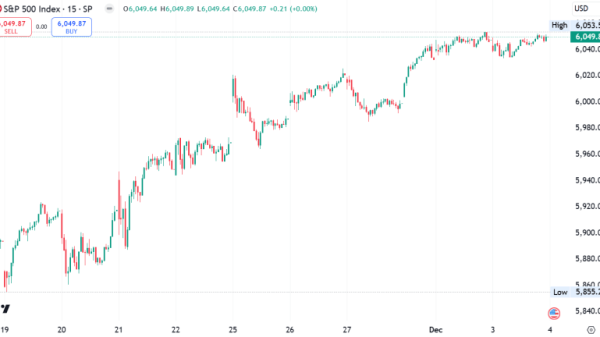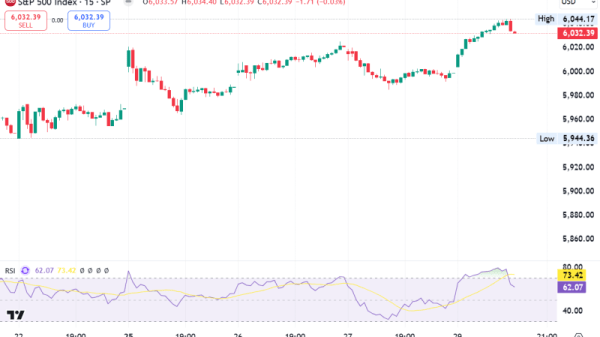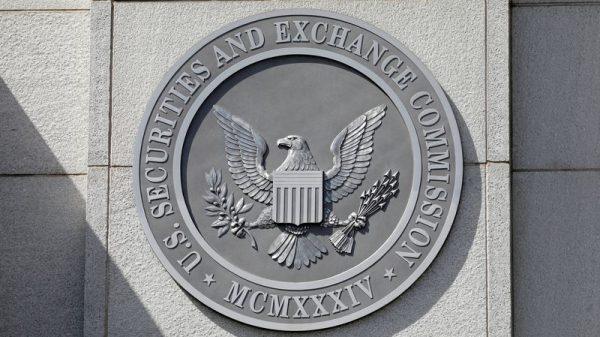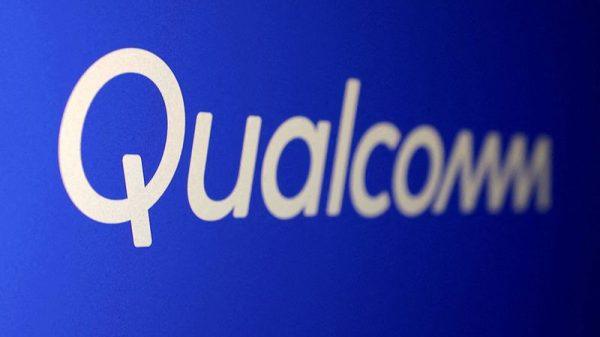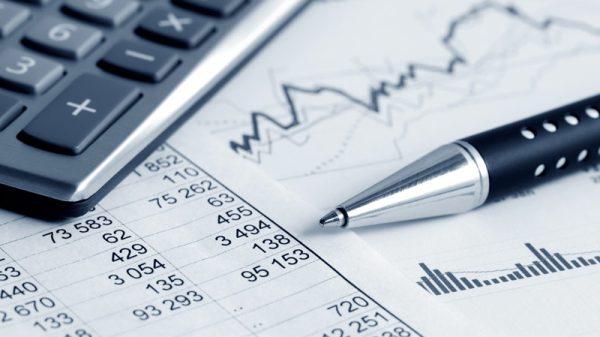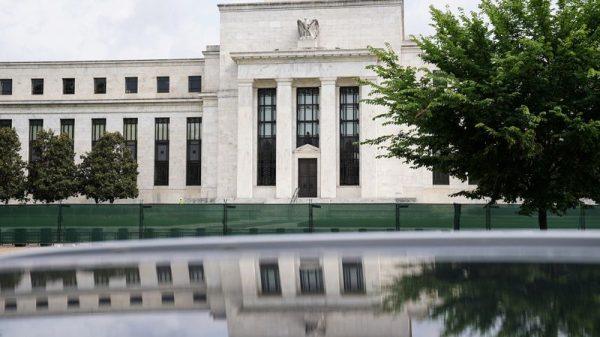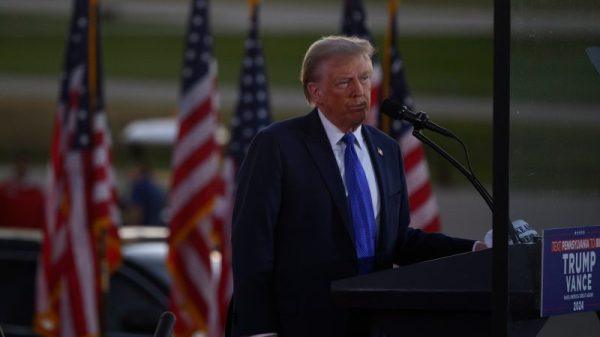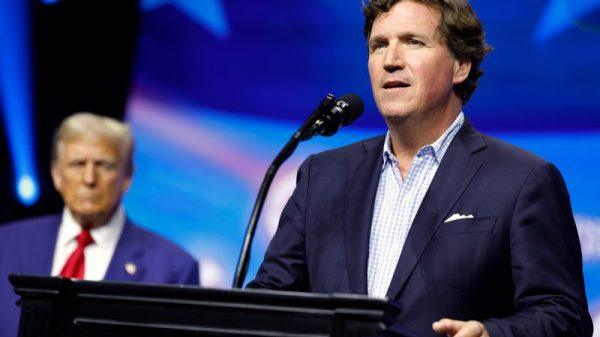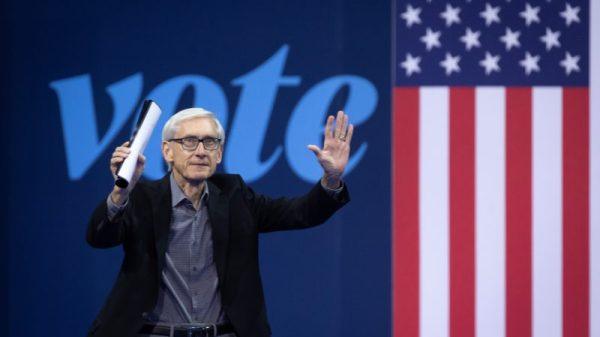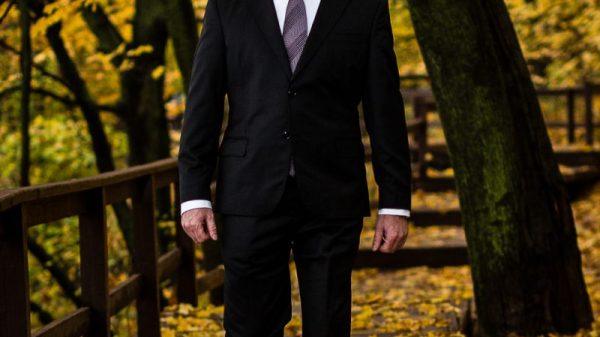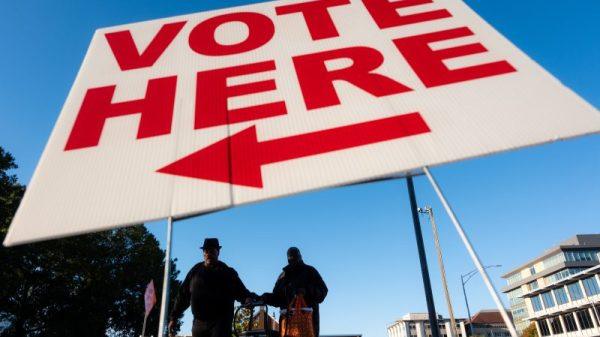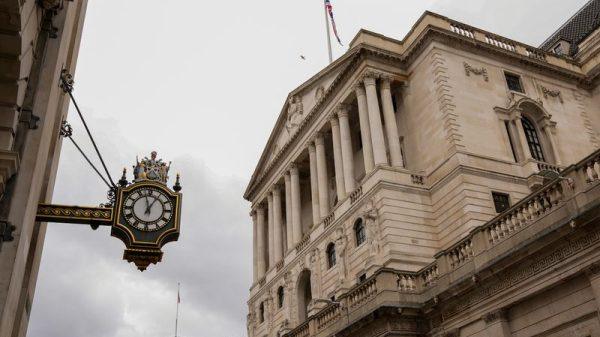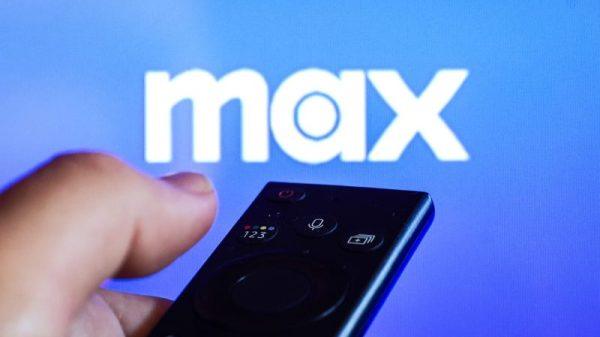By Tatiana Bautzer
NEW YORK (Reuters) – Global art sales fell 4% last year to around $65 billion, as the wealthiest buyers reduced purchases, according to the Art Market Report, published by Swiss bank UBS on Thursday.
The bank’s wealth management division advises clients interested in buying art, although it does not consider the purchases as investments.
Inflation, high interest rates and political instability made the wealthiest clients become more cautious with art purchases and take more time deciding on potential acquisitions, according to the UBS Global Wealth Management chief economist Paul Donovan.
Sales volume at art auctions dropped 7% and at dealers, by 3%, mainly by slowing demand for more expensive art and purchases of average lower value.
The only country where art sales grew was China, which became the world’s second-largest art market after the U.S. with a 9% rise in transactions to $12.2 billion. Donovan credits the higher activity by Chinese buyers to delayed post-COVID lockdown behavior, since China kept isolation measures longer than Western countries.
High interest rates and inflation contributed to the collapse of the most speculative art transactions, such as sales of digital art known as NFT, the UBS economist added.
NFT sales peaked at $2.9 billion in 2021 and were 51% lower than the peak last year. They do not seem to have recovered even later this year, Donovan said, after interest rates began dropping and other assets such as crypto currencies rose.

